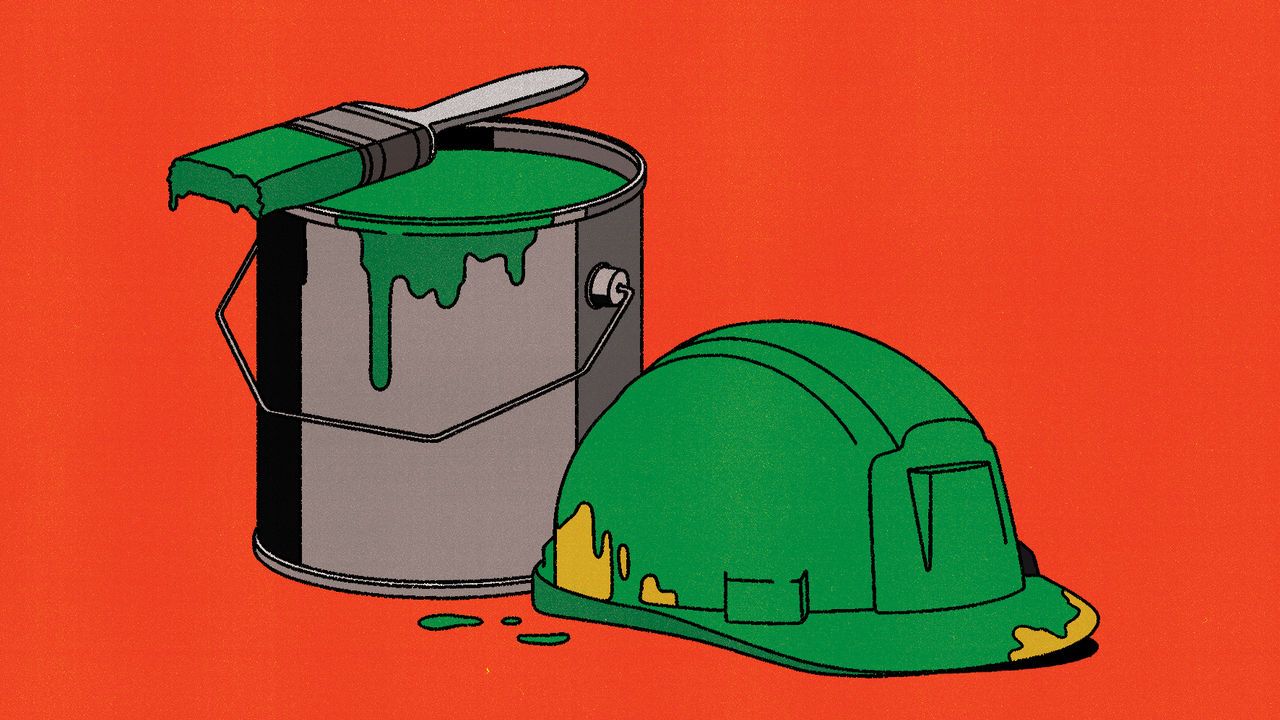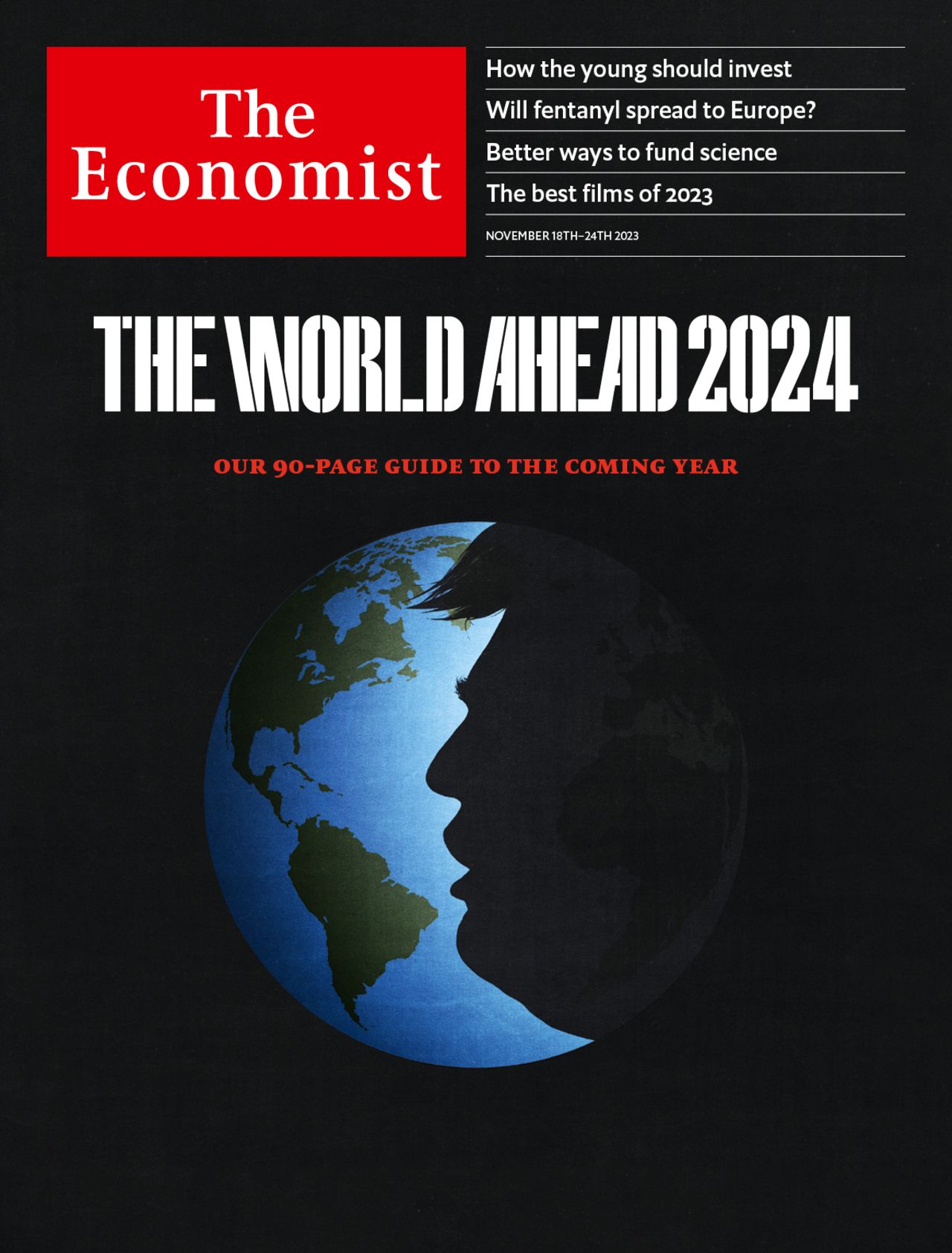The false promise of green jobs
Modern industrial policy has a tension at its heart

“When I think climate, I think jobs—good-paying, union jobs,” proclaims Joe Biden, America’s president. Ursula von der Leyen, the head of the European Commission, says that her “Green Deal” offers a “healthy planet” for future generations, as well as “decent jobs and a solemn promise to leave no one behind”. Sir Keir Starmer, Britain’s probable next prime minister, promises to back “a new energy company that will harness clean British power for good British jobs”. The state will intervene. The planet will be saved. Jobs will come. And they will be good.
Politicians across the rich world agree that industrial policy—wheezes which aim to alter the structure of the economy by boosting particular sectors—deserves to make a comeback. Just about all agree that it should focus on climate change. But is there actually any logic to combining the two? Industrial policy seeks prosperity in the form of economic growth and jobs; climate policy seeks lower emissions and the prevention of global warming. Marrying two aims often means neither is done well. As politicians pour trillions of dollars into green industrial policy, they will increasingly have to choose between the two objectives.
This article appeared in the Finance & economics section of the print edition under the headline "Tough climate"
Finance & economics November 18th 2023
More from Finance and economics

How Ukrainians are using the cover of war to escape taxes
“Black grain” infuriates exporters playing by the rules

What campus protesters get wrong about divestment
Will withdrawing money hurt Israel?

Hedge funds make billions as India’s options market goes ballistic
The country’s retail investors are doing less well
